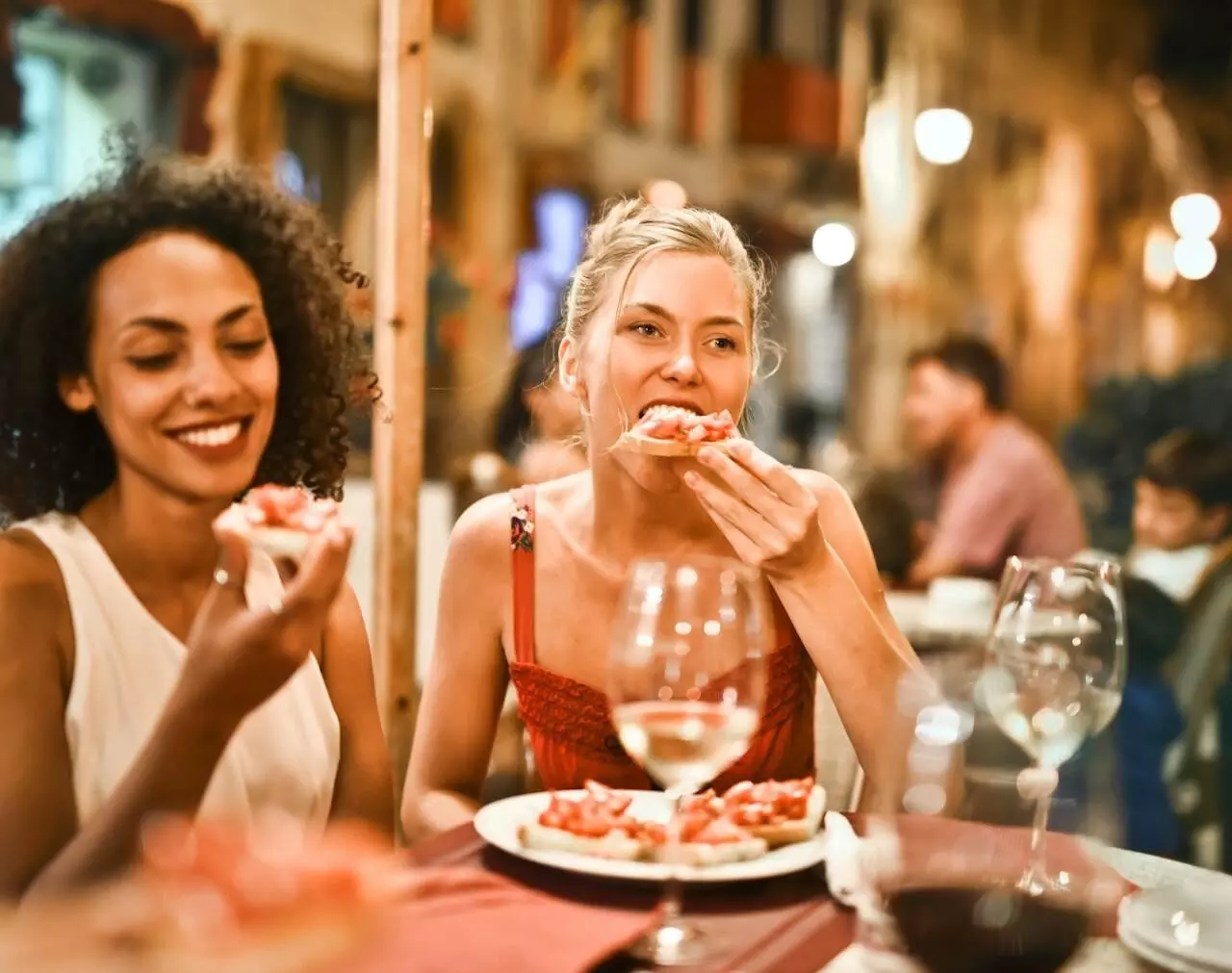How Regional Food Clusters Are Driving America’s Travel and Dining Growth
image for illustrative purpose

Culinary tourism has exploded in recent years and the trend is not showing signs of slowing down. In 2024, it was estimated at $2,698.7 million and is projected to grow at a CAGR of 19.2% from 2025 to 2030. That’s a big jump, and several states are wisely using this trend to lift both their dining scene and their visitor numbers.
Their secret? The title of today’s post: regional food clusters. More about them below.
The How and Why of Concentrated Food Ecosystems
Clusters begin where suppliers, talent, and traditions meet reliably.
A few examples: port or river giving seafood access; a soil type supporting a unique crop; a family recipe becoming so popular, it puts the town on a tourist map.
When you have either one of those happening, and restaurants, festivals, and retailers start clustering around it, you get lower costs and shared labor pools. It's the perfect storm for making quality and variety easier to sustain, which attracts both regulars and food-curious visitors.
Food Clusters As The New Travel Magnets
Culinary or gastronomic travelers are a special breed of tourists who spend disproportionately on experiences, not things. For them, food is not just nourishment but the main event. And they're growing in numbers, year by year.
The sharp rise of culinary tourism is simply a reflection of that. An increasing number of travelers want authentic local meals and tours, so there's a big opportunity for regions that package authenticity.
Why Clusters Boost Local Economies
A strong cluster raises wages, spurs new business formation, and raises regional visibility. And when related businesses co-locate, they also generate spillovers: shared suppliers, specialist suppliers, even tourism infrastructure like lodging and transit that follow visitor flows. All great things both for tourists and local economy. Why? Because as more businesses grow, the more employees they need.
Southern cuisine is a great example of how different cluster elements combine. Barbecue corridors, Gulf shrimp and grits, and deep soul-food traditions all exist here, and not only that; they actually reinforce each other. You have suppliers (catfish farms, Gulf fisheries), signature techniques (smoking, pressing), and regional talent (longstanding family restaurants and new chefs) all creating dense, discoverable routes for travelers.
In Mississippi, for example, you have Delta tamales, Gulf seafood, fried chicken corridors, and soul-food traditions. It's a dense, vibrant mix of producers and signature dishes that culinary travelers actively seek out.
Visit Mississippi has a great foodie's guide on the best food in Mississippi that shows how these pieces come together on the ground.
Some Practical Tips for Businesses
- Start with a clear map of what you already have. List your producers, your standout dishes, and the routes visitors naturally take through your region. Then shape those into itineraries people can actually follow without feeling lost or overloaded.
- Take a close look at your small-scale infrastructure. A shared kitchen or a modest food hub does more than support startups; it widens the range of experiences you can offer visitors who want something beyond the usual hits.
- Work with your tourism partners instead of running parallel tracks. Food trails gain real traction when they come bundled with lodging options, events, or even simple “spend the afternoon here” add-ons. Festivals still pull crowds, but well-packaged everyday experiences often convert better.
Finally, raise the bar on service. Short training programs for staff, tasting-room hosts, and tour guides can immediately change how visitors talk about your region. Those small improvements in how people are welcomed tend to shape long-term reputation more than most operators expect.

